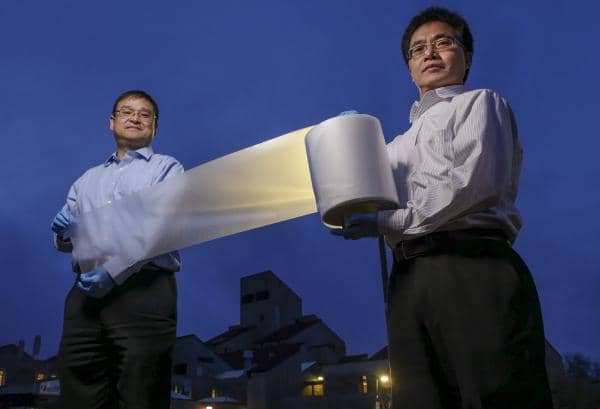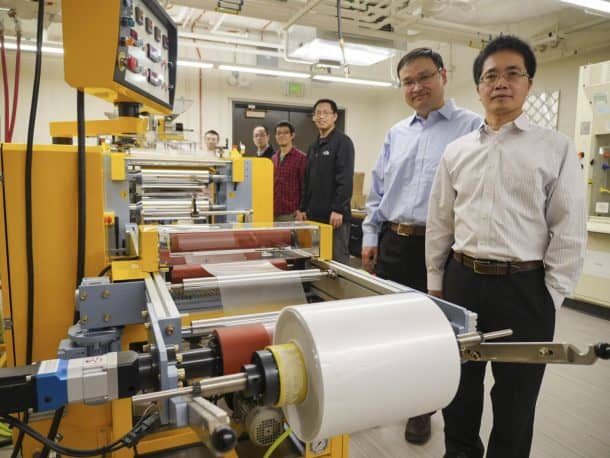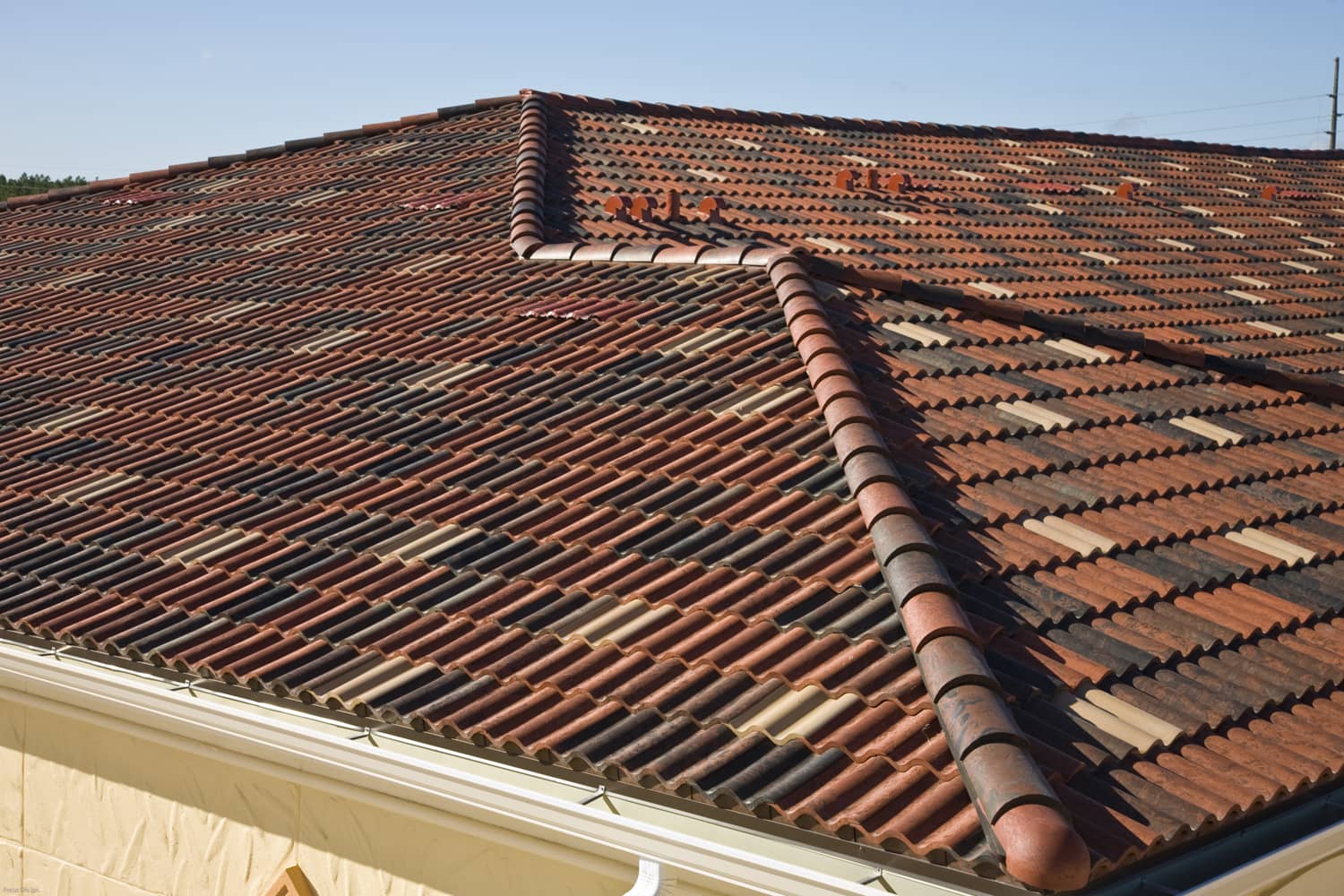Using thick reflective tiles on roofs to keep them cool may become a thing of past with the new metamaterial developed by a team of engineers at the University of Colorado, Boulder. The new material was revealed in the journal Science.

The material acts like an air conditioning system for structures, having the ability to cool objects even under direct sunlight using no energy or water. The best part? The material can be mass manufactured. The film of the material when applied to a surface cools any object below by not only reflecting the incoming solar energy but also shedding its own heat in the form of thermal radiation.
Thermoelectric power plants require large amounts of water and electricity to maintain themselves at the optimum operating temperatures. The material could be a very environment-friendly substitute for the expensive cooling systems.
Xiaobo Tin, the co-director of the research and the winner of DARPA’s Young Faculty Award, 2015 says, “We feel that this low-cost manufacturing process will be transformative for real-world applications of this radiative cooling technology.”
The material is a glass-polymer hybrid that measures just 50 micrometers in thickness, slightly more than your regular kitchen aluminum foil. The material is very viable for industrial and residential applications as it can be manufactured very economically on rolls.

Plenty of available materials make use of nighttime cooling through thermal radiation, but the real challenge is the daytime cooling when a subtle amount of absorbed sunlight can negate the passively radiated surface heat. While reflective materials are nothing new, this material delivers two in one advantages. It reflects the solar rays while shedding its heat simultaneously using passive radiative cooling.
On a layer of polymer film, researchers embedded a layer of glass microspheres that appear to scatter light but are infrared radiant. Another very thin layer of silver, underneath the polymer ensures that maximum spectral reflectance is achieved.
The material was successfully demonstrated during field tests in both Colorado and Arizona. The average radiative cooling power of 110W/m2 for continuous 72 hours and even more than 90W/m2 in direct sunlight during the noon time. This is equivalent to the average power generated by a solar cell of the same area, but unlike the solar cell, it works equally well during the day and the night.
A 200-square-meter “cooling farm” prototype will be created in Boulder within 2017 to explore the commercial applications of the material which is a result of a $3 million grant by the Energy Department’s Advanced Research Projects Agency-Energy (ARPA-E).
The world is looking forward to the material becoming common and so are we!


